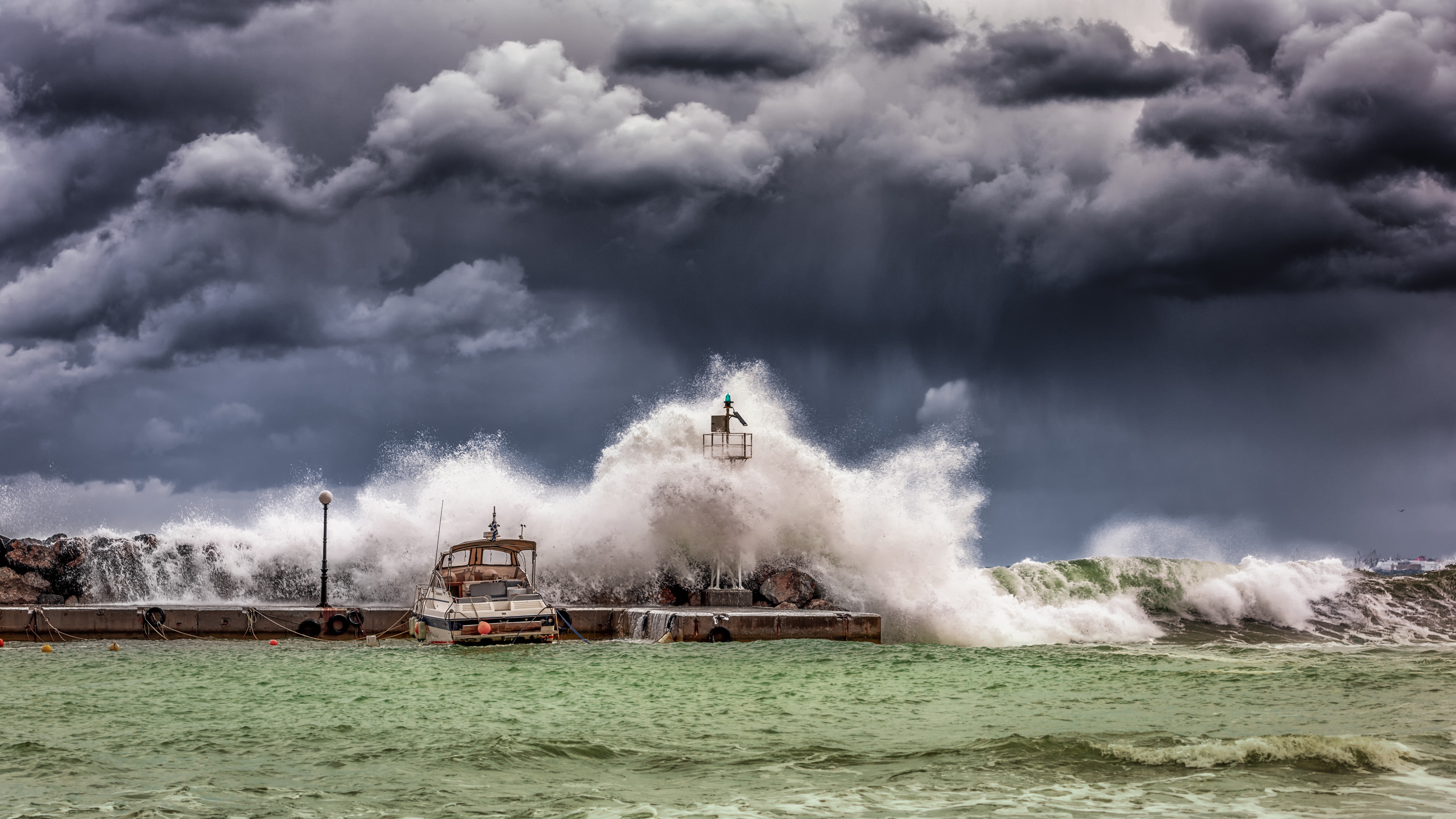Brace yourselves because it's that time of year again! From June 1st to November 30th, the Atlantic hurricane season is upon us, bringing with it an uptick in tropical storm and hurricane activity that can seriously impact boaters. However, with proactive planning and the right safety measures, you can navigate this season with confidence and keep yourself and your vessel out of harm's way.
In this comprehensive guide, we'll provide you with the knowledge, resources, and tips you need to get through this stormy season safely. Let's get started!
Understanding the Atlantic Hurricane Season
So, what exactly is the Atlantic hurricane season? Imagine warm sea surface temperatures and favorable atmospheric conditions coming together to create the ideal conditions for the formation and intensification of tropical cyclones.
These cyclones can range from tropical storms with powerful winds to the full-blown force of hurricanes. As boaters, it’s important to know what we’re up against and take proactive measures so we’re prepared for whatever the Atlantic throws our way.
Why Is This Period Risky for Boaters?
Hurricanes and tropical storms can produce a chaotic mix of strong winds, torrential rainfall, storm surges, and monstrous waves, all of which can be extremely dangerous. Such weather conditions can cause boaters to encounter rough waters and navigation challenges, experience damage to their vessels, and face the risk of capsizing or sinking.
It's not a time to take chances or underestimate the forces of nature. Instead, be aware of these risks and take appropriate precautions to make it through hurricane season unscathed.
» MORE: What's a Tropical Storm Supercharge
The Importance of Staying Informed About Tropical Storms and Hurricanes
When it comes to hurricane season, staying in the loop about named storms is an absolute must. Reliable sources like the National Hurricane Center (NHC), the National Weather Service (NWS), and the Coast Guard are excellent sources for essential information. They keep us informed about storm developments, forecasts, safety recommendations, and more.
Why is this important? Well, it gives us the heads-up we need to secure our boats and seek shelter if conditions worsen. So, keep those sources bookmarked, stay tuned for updates, and make informed choices based on the information available.
Preparing for the Hurricane Season
Taking proactive steps before a storm hits can make all the difference in ensuring your safety and the protection of your boat. Let's dive into the steps you should take to be well-prepared.
Step 1: Develop a Hurricane Plan
When it comes to hurricane preparedness, a one-size-fits-all approach just won't cut it. You need a customized plan that takes into account the area where your boat is docked, as well as the size, type, and construction of the vessel. Larger watercraft, for example, may require more time and assistance to secure properly.
Step 2: Secure Your Boat
Protecting your vessel should be a top priority. As soon as a storm threat arises, take proactive measures to secure your boat. This may include moving it to a safer location, double-checking your lines, adding additional fenders, and removing any loose items that could become projectiles in high winds. A little preparation now can save you from significant damage later.
Step 3: Review Insurance Coverage
Take the time to thoroughly understand your boat insurance policy. Review the specifics, including named storm coverage, limitations, and exclusions, and ensure the policy provides adequate protection for your vessel and equipment. If you have any questions or concerns, reach out to your provider for clarification. Being knowledgeable about your coverage will give you peace of mind during hurricane season.
Once the Storm Has Passed
Once the storm has passed and authorities have deemed it safe to return to your boat, it's crucial to act quickly to protect your vessel and property from further damage or theft.
Marinas
Marinas can be chaotic in the aftermath of a major storm. Follow the instructions and protocols set by yours. Some marinas, for example, may require proof of ownership before granting access to the docks. Stay away from damaged areas and be cautious of potential dangers like exposed electrical lines, fuel spills, or missing dock boards.
Assess Damage
If your boat is damaged by a major storm, take pictures to inventory damage, secure broken materials, seal cracks and holes, and remove debris like salt, mud, or moisture that may clog bilges and pumps. Additionally, check engine systems for damage and ensure the bilge pump is functioning properly. Monitor the water level in the bilge for signs of underwater damage. Even if the boat appears undamaged, inspect for line chafe or breakage and broken ports or hatches that could allow rainwater to enter.
Salvage and Insurance
If your boat requires salvage, report it to your insurance company immediately. Salvaging a boat is best left to the professionals to avoid further damage and additional repair costs.
Review your insurance policy for coverage and contact your provider to report the damage. Taking swift action and involving your insurance company will help you navigate the post-storm process more effectively.
Get Coverage for Named Storms and Hurricanes with SkiSafe
Our boat insurance policies are designed to minimize your exposure to risks associated with named storms and hurricanes. Get a free quote by visiting our website or contacting us at:
- Phone: (800) 225-6560
- Email: customer@skisafe.com

